Storms postpone return of human spaceflight from U.S.
by Paul Brinkmann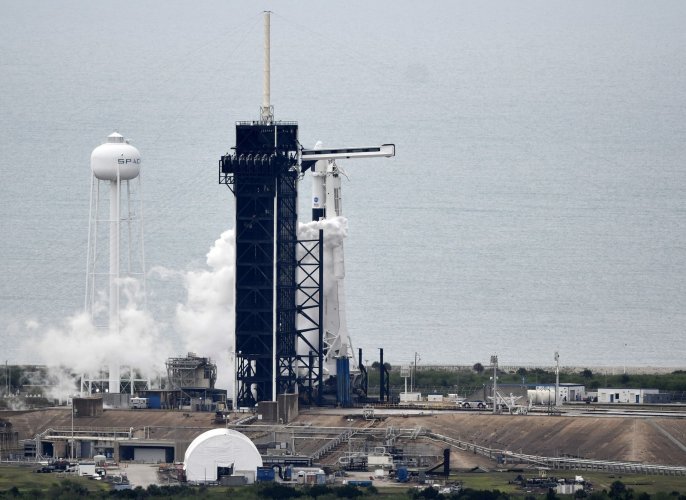


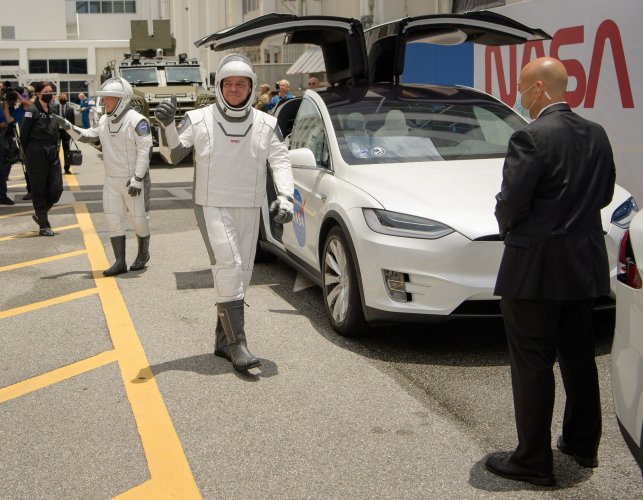
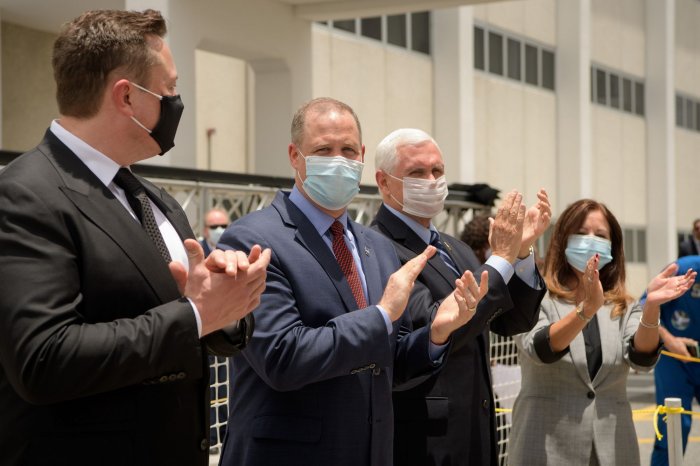
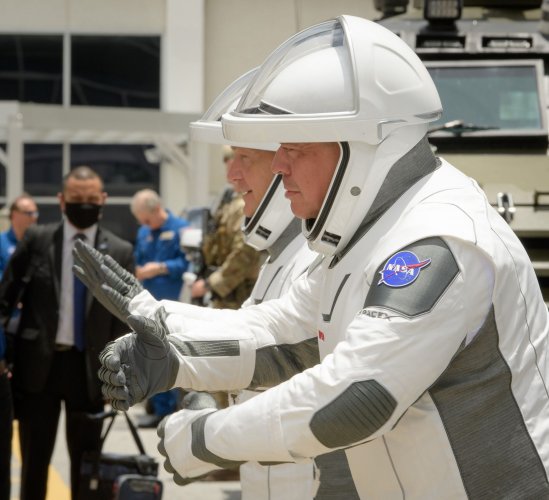
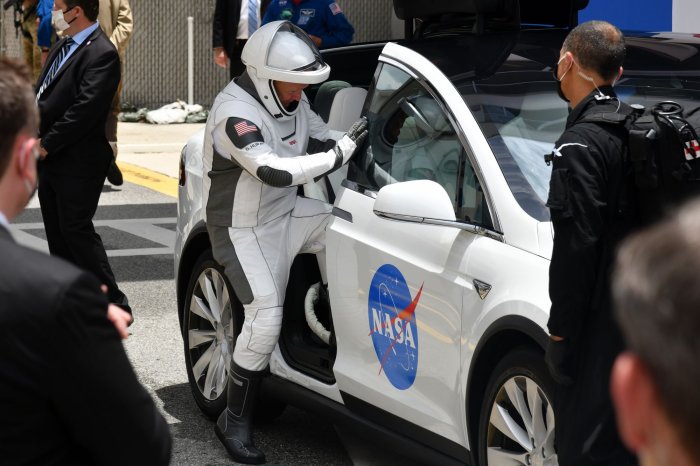
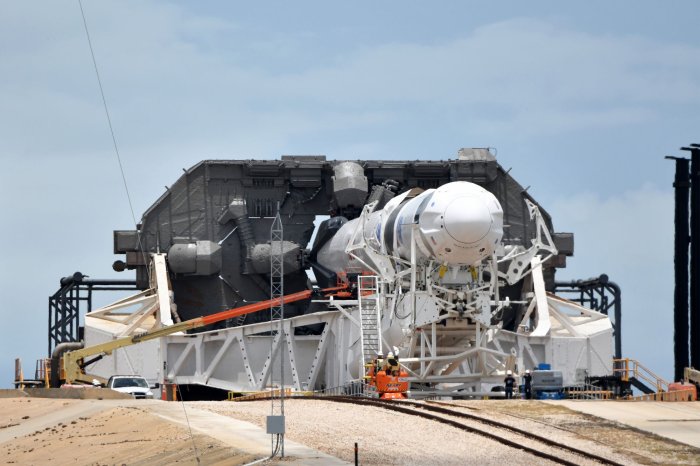



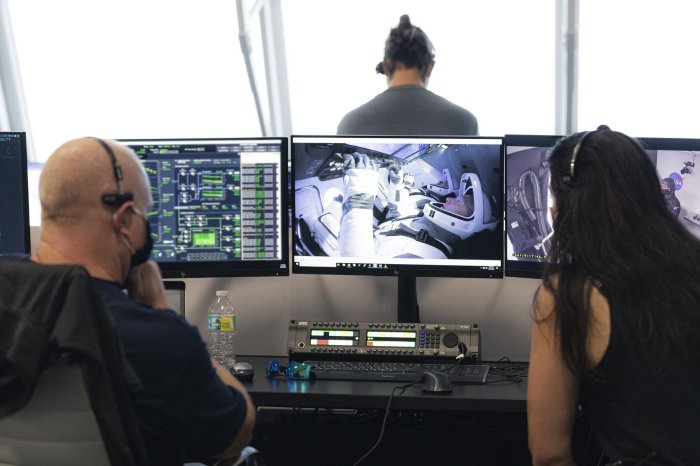
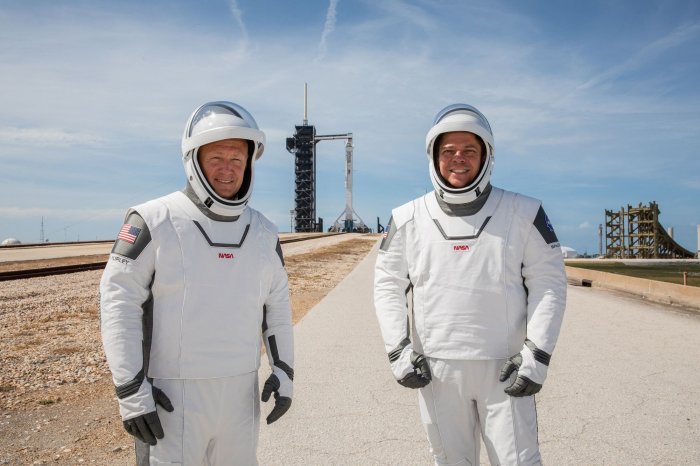
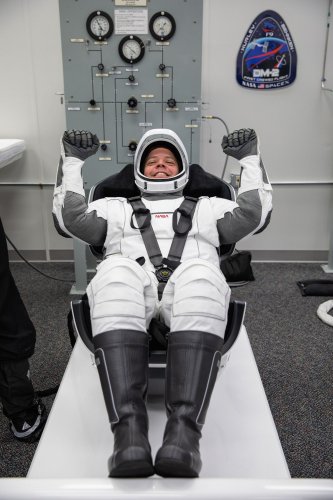

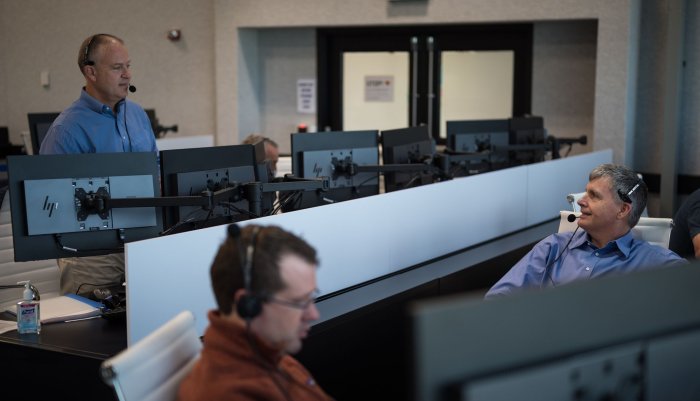
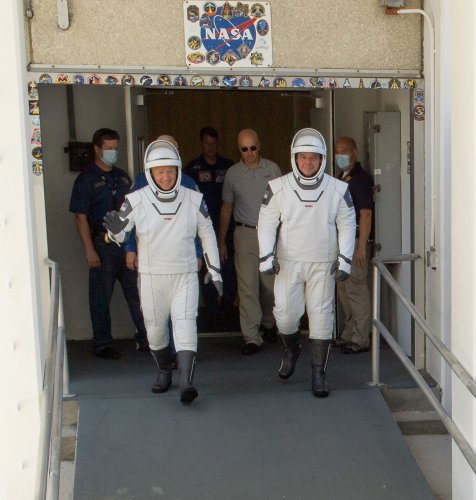
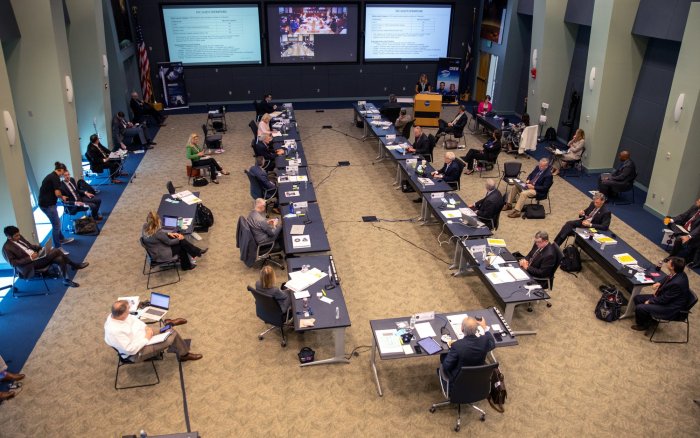
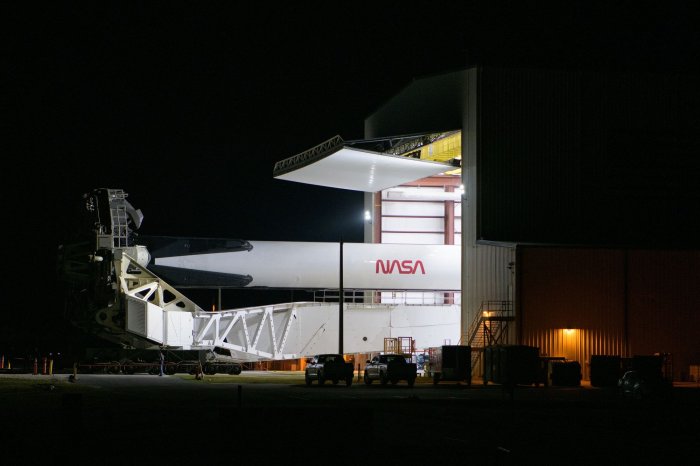
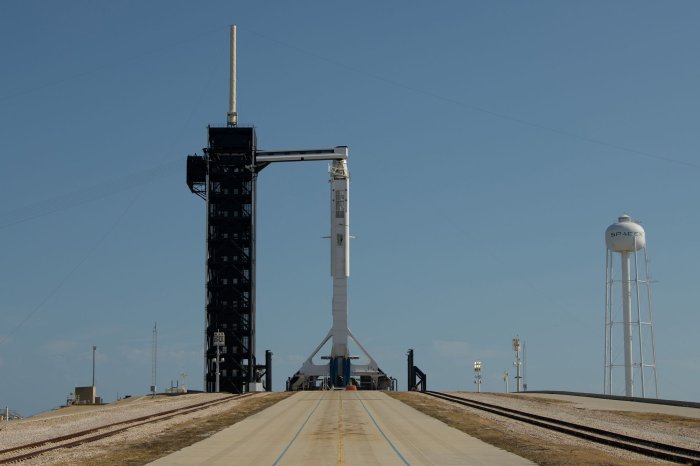
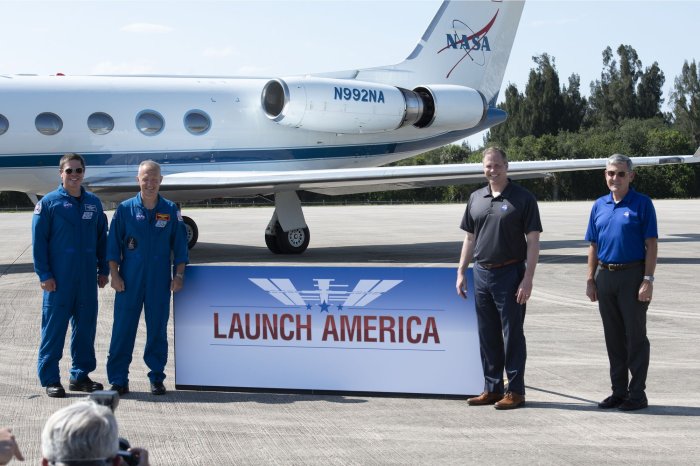
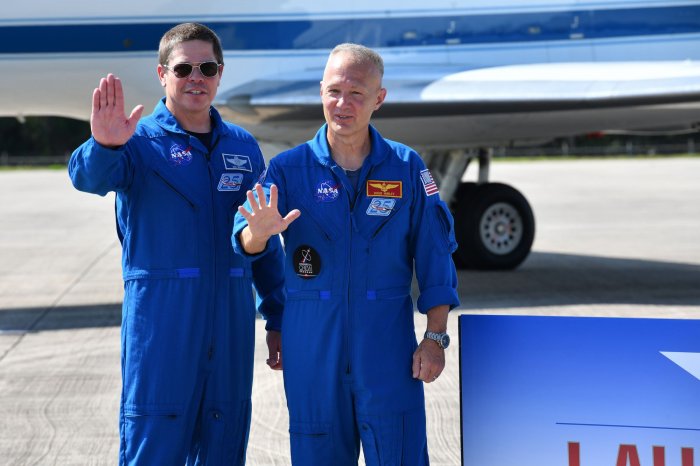

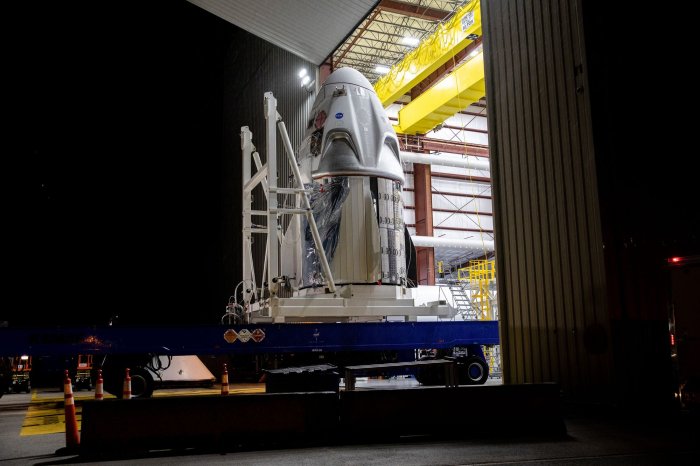

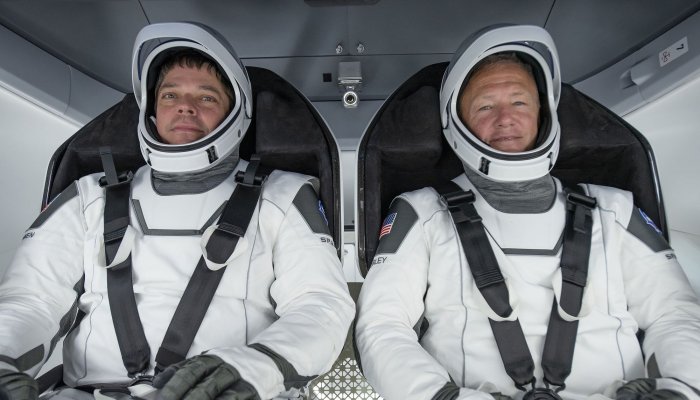
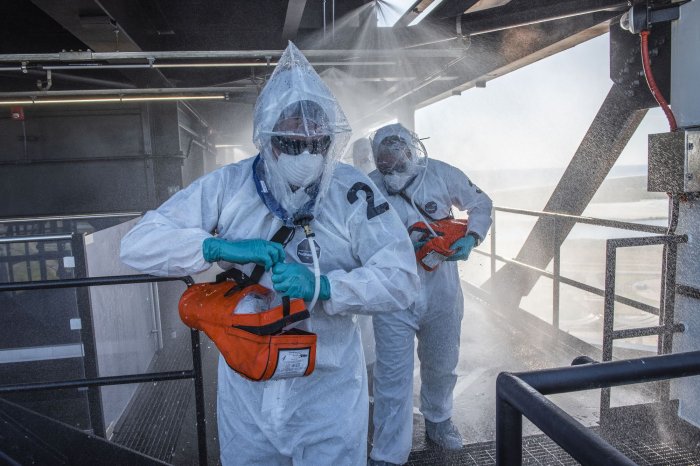


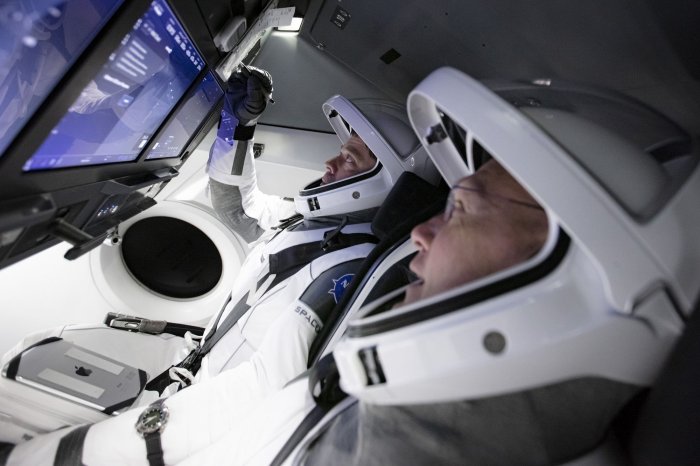
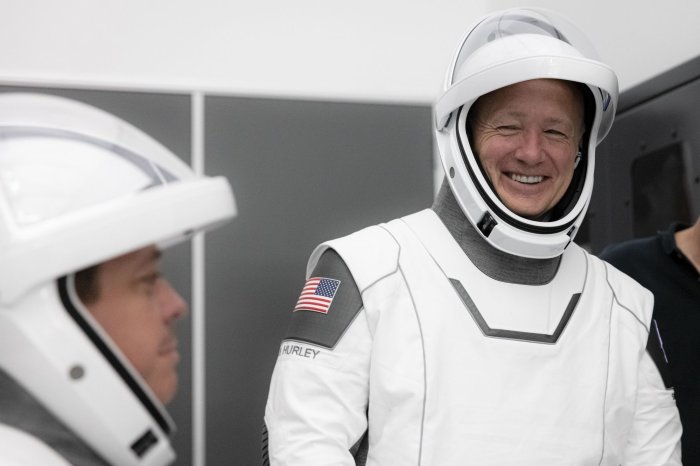

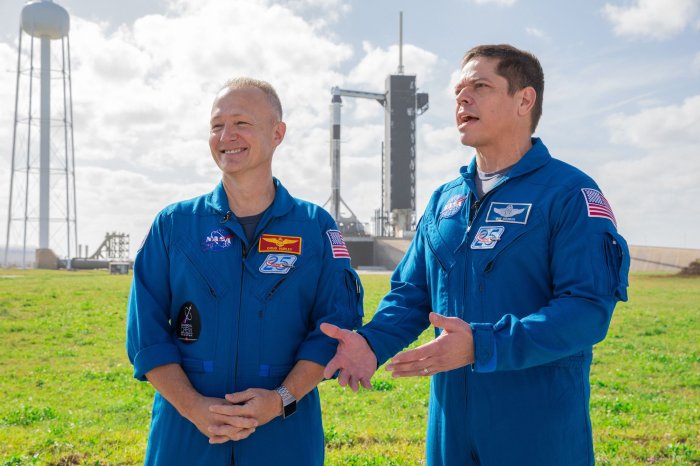
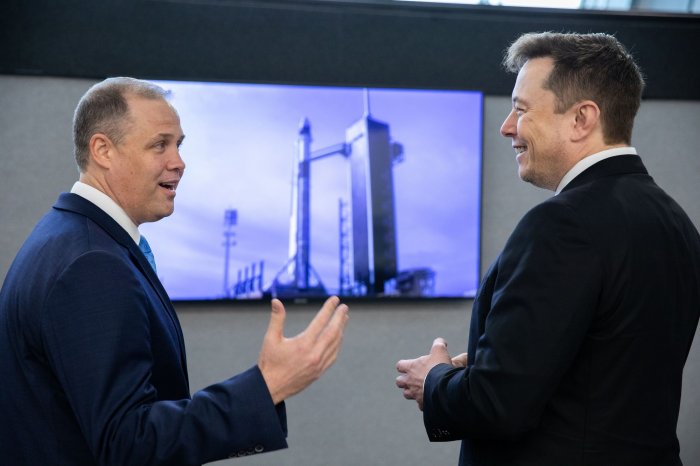
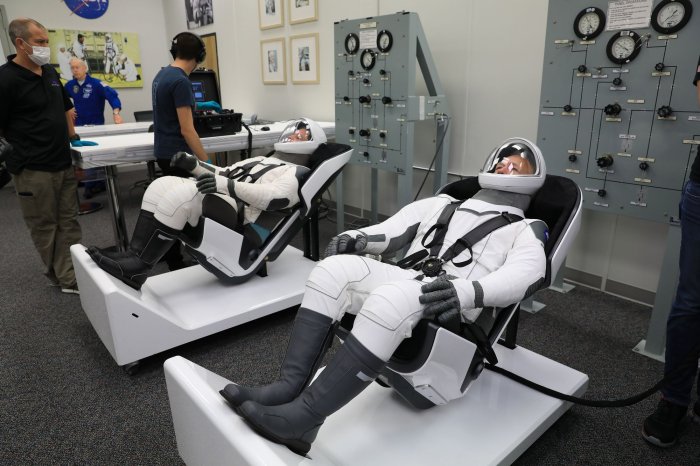


ORLANDO, Fla., May 27 (UPI) -- NASA and SpaceX postponed the agency's historic return to human spaceflight from U.S. soil Wednesday because of storms near Kennedy Space Center in Florida.
Another attempt is scheduled for Saturday afternoon, when a 40 percent chance of unfavorable weather exists, according to the U.S. Space Force forecast.
Astronauts Bob Behnken and Douglas Hurley had been scheduled for launch to the International Space Station at 4:33 p.m. EDT in SpaceX's Crew Dragon capsule atop a SpaceX Falcon 9 rocket.
They left the capsule just before 6 p.m., about 1 1/2 hours after the flight was canceled for the day.
Heavy rains swept the area around the space center Monday, due to a system that moved north and became Tropical Storm Bertha near Georgia on Wednesday morning. Lightning also was a concern.
NASA Administrator Jim Bridenstine tweeted Wednesday that he hoped the storm would clear out moisture and create quieter seas behind it, but that was not to be.
"This is a unique opportunity to bring all of America together at one moment in time and say, 'look at how bright our future is,'" Bridenstine said Tuesday at a space agency briefing.
On Wednesday, after the postponement, he told the media, "We simply had too much electricity in the atmosphere." He called it "a good day for NASA, a good day for SpaceX," despite the three-day delay because the countdown proceeded without a hitch until bad weather forced a halt.
The historic launch would have marked the first time astronauts have flown inside the Crew Dragon space capsule, built by Elon's Musk's SpaceX.
They were to have flown on the Falcon 9 rocket, which has proven to be a reliable workhorse for carrying supplies to the space station 250 miles above Earth.
President Donald Trump and Vice President Mike Pence had traveled to the space center Wednesday. The astronauts had suited up and were locked into the capsule, which was fueled and ready for liftoff when the launch was scrubbed.
Following the decision to postpone the mission, the astronauts stayed inside the capsule as the rocket was emptied of propellant. When that was accomplished, the abort system was disarmed and the door opened for them to exit.
To head east
The capsule's flight path was to take it east over the Atlantic Ocean toward the United Kingdom, where viewers might have seen it for 15 minutes, according to the website MeteorWatch.org.
The astronauts entered SpaceX's Crew Dragon capsule a little earlier than planned Wednesday afternoon.
Technicians strapped their spacesuit boots into place, harnessed them to their seats, and closed the capsule door after testing communications and other systems.
A small group saw the astronauts off as they got into a white Tesla Model X for a motorcade to Launch Complex 39A. Before they drove off, they received good wishes and virtual hugs from their families.
Pence, SpaceX founder Elon Musk and NASA Administrator Jim Bridenstine also offered words of praise before the astronauts' departure to the pad.
Trump arrived in the area in Air Force One just after the capsule door was being closed. His plane flew close to the launch tower as it headed to a landing.
Musk, speaking to family members of both astronauts, said he felt a strong sense of responsibility for their safety.
"I said we've done everything we can to make sure your dads come back OK" in referring to each astronaut's only child, Musk recalled at a NASA briefing.
He added: "What today is about is reigniting the dream of space and getting people fired up about the future."
"This is a unique opportunity to bring all of America together at one moment in time and say, 'look at how bright our future is,'" Bridenstine said Tuesday at a space agency briefing.
After launch, at the 12-minute mark, the Crew Dragon capsule was to separate from the second-stage booster, and the capsule's nose cone was to open to prepare for docking at the space station.
After the capsule reached the same altitude as the space station and caught up to it, Crew Dragon was to inch closer very slowly and dock via a fully autonomous system. The astronauts could override the system, if necessary.
The spacecraft was due to arrive at the space station Thursday, with docking planned for 11:29 a.m. EDT.
When they got there, astronauts Behnken and Hurley would have remained in the capsule for almost two hours as it is locked in place and checks made on its systems.
Greeting new arrivals
Once the hatch opened, astronaut Chris Cassidy -- already on board the space station -- was to greet the new arrivals. He and Russians Anatoly Ivanishin and Ivan Vagner arrived in April and are to stay there until October.
During the mission, called Demo 2, Behnken and Hurley were to conduct final tests of the Crew Dragon capsule before it is certified for regular ferry service to the space station.
The two planned to fly manually part of the way to the space station, using the capsule's unique touchscreen controls.
"We've longed to be a part of a test mission, a test spaceflight," Behnken said during a brief press conference Friday. "It's something we dreamed about, flying something other than the space shuttle" to carry people into space.
Behnken and Hurley didn't know how long they were to be on the space station. NASA has said it could be as little as six weeks and as much as 16 weeks, depending on how quickly the crew completes necessary maintenance on the space station and how favorable weather conditions are for spacecraft splashdown.
While the seas generally are not rough in the Atlantic during summer, it will be hurricane season, and tropical activity in the landing zone would delay the return.
If the mission ultimately is successful, NASA plans to launch another SpaceX capsule to the space station Aug. 30, Bridenstine, the NASA administrator, said Tuesday.
Next crew
Crew members for that mission are NASA astronauts Mike Hopkins, Victor Glover and Shannon Walker, along with Soichi Noguchi, an astronaut with the Japan Aerospace Exploration Agency.
The return to Earth for this mission would have marked the first splashdown of a U.S. space capsule carrying astronauts since the Apollo-Soyuz Test Project in 1975.
"Remember, this is a test flight," Bridenstine said Tuesday. "And as such, if we have a good window to come home and [Hurley and Behnken] are not necessary on the International Space Station, we will be taking" the opportunity to return to Earth.
SpaceX is more than two years behind schedule for the launch. NASA awarded two finalist contracts in 2014 to certify new spacecraft to carry people by 2017 -- Boeing received $4.2 billion for its Starliner capsule and SpaceX received $2.6 billion for Crew Dragon.
Starliner failed to reach the space station during a test flight in December, and is scheduled for another attempt in the third quarter of this year.
The planned launch is part of a rebirth of Kennedy Space Center, said Bob Cabana, the center's director, following years of renovations and new infrastructure at Launch Complex 39A -- now leased by SpaceX.
"We went to the moon from pad 39A, and 82 of the 135 shuttle missions launched off that pad, and now -- rather than rusting away in the salt air -- through our partnership with SpaceX, that pad is being used once again," Cabana said.
$70 million a seat
Over the past decade, NASA astronauts only used Russian Soyuz rockets and capsules to reach the space station, at a cost of more than $70 million per seat.
Behnken, 49, and Hurley, 53, have been astronauts since their selection in 2000. They worked closely with SpaceX to develop the new spacecraft systems.
"I hope the nation can look at this [launch] and recognize this is still something we can accomplish and still something we can be successful at, and we're going to do it in the face of the pandemic," Behnken said.
The two men share similar life experiences. Both are married to female astronauts who have traveled into space, and both have one child. Both were military test pilots and hold the rank of colonel -- Behnken with the U.S. Air Force and Hurley with the U.S. Marine Corps.
Behnken, originally from the St. Louis area, was a former chief of NASA's Astronaut Office. Hurley, originally from upstate New York, flew on the last shuttle mission in 2011 and was the first Marine pilot to fly the F/A‐18 E/F Super Hornet.
SpaceX's Falcon 9 rocket is the first orbital launch vehicle to be fully reusable, although the rocket for this launch is new.
The Falcon 9 is just short of 230 feet tall, with a 12-foot diameter. Nine of SpaceX's Merlin engines provide thrust of 1.7 million pounds upon liftoff. By comparison, a typical F-16 fighter jet emits 32,000 pounds of thrust.
The launch was to be the first such American liftoff of astronauts during a global pandemic. NASA has urged the public to watch the launch on TV or online, while the agency restricts access to the launch site at Kennedy Space Center to essential personnel only.
Continue Reading